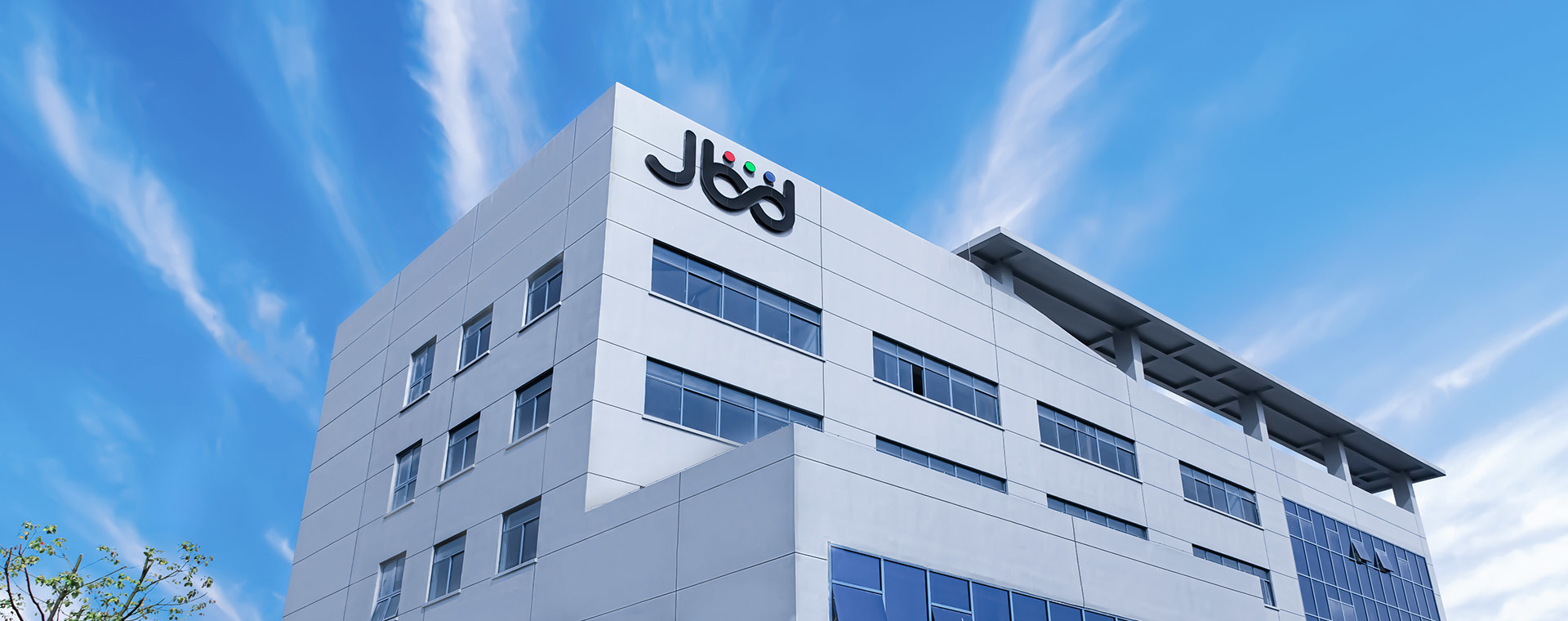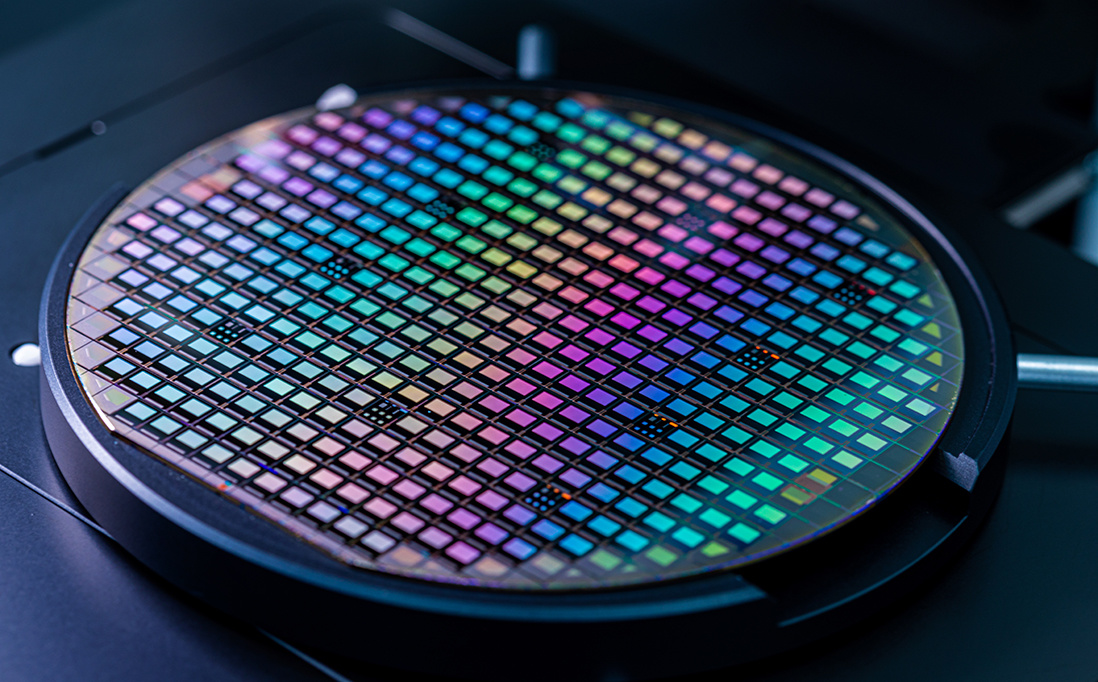
Leading the Evolution of MicroLED Micro-Display Technology
JBD, founded in 2015, specializing in MicroLED display technology, JBD has developed proprietary innovations in backplane design, MOCVD material growth, MicroLED manufacturing, packaging, testing, and software & hardware drive design. JBD has independently developed world-leading MicroLED microdisplays, and injected strong momentum into technological advances across various fields including augmented reality and automobiles. Leveraging its core microdisplay expertise, JBD offers highly competitive near-eye display solutions, including AM-µLED micro-displays, AM-µLED projectors, AM-µLED optical modules, development kits and AR waveguide test and correction solutions - ARTCs.

JBDCourse

 Display
Display




